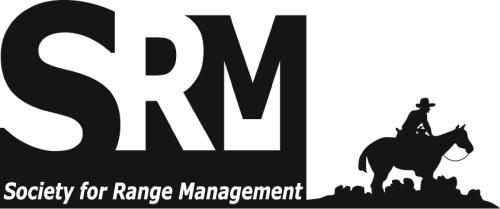Fire suppression has led to large fuel accumulations in many regions of the United States. In response to concerns about associated wildfire hazards, land managers in the western United States are carrying out extensive fuel-reduction thinning programs. Although reductions in cover by woody vegetation seem likely to cause changes in herbaceous communities, few published studies have reported on consequences of such treatments for native or exotic plant species. We compared vegetation and abiotic characteristics between paired thinned and unthinned chaparral and oak woodland communities of southwestern Oregon 4-7 yr posttreatment and contrasted impacts of manual vs. mechanical treatments. Herbaceous cover increased on thinned sites, but species richness did not change. Herbaceous communities at thinned sites had an early postdisturbance type of composition dominated by native annual forbs and exotic annual grasses; cover by annuals was nearly twice as high on treated as on untreated sites. Absolute and proportional cover of native annual forbs increased more than any other trait group, whereas exotic annual forbs and native perennial forbs declined. Exotic annual grass cover (absolute and proportional) increased, whereas cover by native perennial grasses did not. Shrub reestablishment was sparse after thinning, probably because of a lack of fire-stimulated germination. Manual and mechanical treatment impacts on abiotic site conditions differed, but differences in vegetation impacts were not statistically significant. Fuel-reduction thinning may have some unintended negative impacts, including expansion of exotic grasses, reductions in native perennial species cover, persistent domination by annuals, and increased surface fuels. Coupled with sparse tree or shrub regeneration, these alterations suggest that ecological-state changes may occur in treated communities. Such changes might be mitigated by retaining more woody cover than is currently retained, seeding with native perennials after treatment, or other practices; further research is needed to inform management in these ecosystems. The Rangeland Ecology & Management archives are made available by the Society for Range Management and the University of Arizona Libraries. Contact lbry-journals@email.arizona.edu for further information. Migrated from OJS platform August 2020

Scholarly peer-reviewed articles published by the Society for Range Management. Access articles on a rolling-window basis from vol. 1, 1948 up to 5 years from the current year. Formerly Journal of Range Management (JRM). More recent content is available by subscription from SRM.